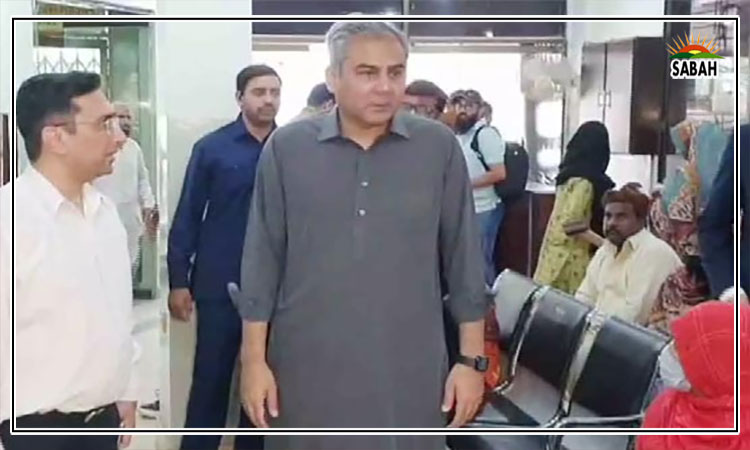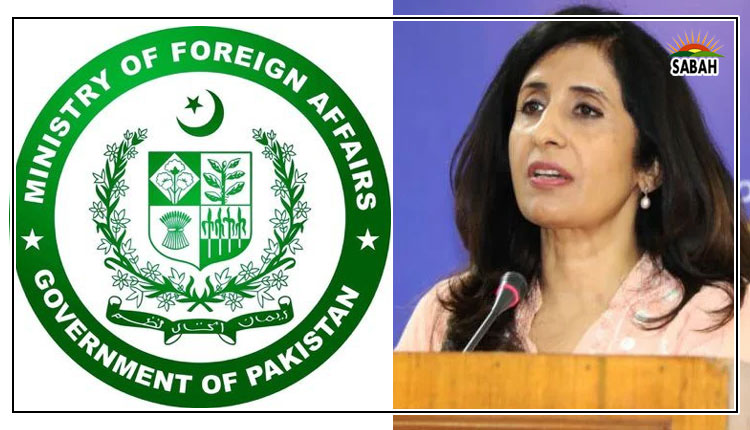In the middle …. Zarrar Khuhro
THE Indian Ocean has been a critical trade route but has arguably never been of the same strategic importance as, say, the Atlantic and Pacific oceans. The latter two have been the staging grounds for many a war and superpower rivalry and, by virtue of having the US sandwiched between them, have always loomed large in the public imagination. But the rise of China, and the ongoing efforts to contain that rise, has increasingly made the Indian Ocean a playground for regional strategic rivalries and indeed a centre of gravity in overall strategic terms.
For China, this ocean is the route that critical raw materials and energy supplies take, travelling through the chokepoint of the Malacca strait.
Another equally critical chokepoint is the Strait of Hormuz and then there’s the Djibouti strait, which connects the Red Sea to the Indian Ocean. The Indian Ocean region is also home to a rising number of military and naval bases, with the US base on Diego Garcia and the Chinese presence in Djibouti being just two. And then, of course, there are the critical ports that span all the way from Myanmar’s Kyaukpyu port to Sri Lanka’s Hambantota to Gwadar in Pakistan, and beyond.
Truly, the developments of the past few years have proven the sagacity of American naval strategist Alfred Thayer Mahan who said over a century ago that “whoever controls the Indian Ocean will dominate Asia; the destiny of the world will be decided on its water”. It is in this context, and specifically in the context of the Sino-Indian tug-of-war, that the recent political developments in the Maldives — an island nation of 500,000 souls — must be viewed.
The Maldives has seesawed between India and China.
That archipelago state has seesawed between India and China for over a decade now, with former president Abdullah Yameen who ruled the Maldives from 2013 to 2018, tilting towards Beijing. Yameen’s tenure saw the Maldives move closer to Beijing’s orbit, with investment flowing in from China and India being kept at a relative distance. This changed dramatically when Yameen lost power to Solih in 2018 and championed an India-first policy. While China did continue to try and woo Solih, his inclination towards New Delhi — which has historically had close relations with the Maldives — was pronounced.
But now, Solih has lost to Muhammad Muizzu, a close ally of the former president Yameen, who was jailed on corruption charges late last year. The mayor of Mali, Muizzu took advantage of a split in Solih’s Maldivian Democratic Party, to sweep into power and almost immediately announced that he would force all foreign military personnel to leave the Maldives.
That, of course, means India, which maintains a very small military presence on the islands. This presence is linked to the gift of a few reconnaissance aircraft and helicopters by the Indian government to the Maldives, which also included the stationing of 75 or so Indian troops purportedly to assist in the operations of the aircraft. This was adroitly turned into an election issue by Yameen’s party, that launched an ‘India Out’ campaign, playing on nationalistic feelings and the feat of losing sovereignty to India. But while a small Indian presence may not have been enough of a rallying point, concerns were also raised about India signing a deal with the Maldives to construct and maintain a critical naval facility, a move that was hailed by then Maldivian defence minister as a ‘significant milestone’ in defence cooperation between the countries.
Now, with Muizzu’s victory, the future of this cooperation is in doubt, but this doesn’t necessarily translate into a sweeping victory for Beijing. The proximity of India, and its cultural links and diaspora in the Maldives mean that Beijing will always have trouble making inroads beyond infrastructure and possibly defence deals.
In times of crisis, the geographical proximity of India will also prove an advantage; in 2014 when a major water treatment plant in Male caught fire, leaving the residents of Maldives’ capital without drinking water. While India was able to immediately ferry in fresh water, it took China two to three weeks to arrive with aid. So despite Muizzu’s election rhetoric, there will be no major cooling off of relations and the Maldives will likely continue to seesaw between the two regional heavyweights.
As for the Indian Ocean, it will become increasingly militarised as India boosts its fleet in an effort to keep China out; the target is to have 175 warships by 2035 along with other military assets such as aircraft, drones and helicopters dedicated to the Indian Ocean region. The rivalry is moving beyond South Asia to Southeast Asia as well, with increased military cooperation between Vietnam and China, along with other states that have a stake in the seas surrounding China.
The writer is a journalist.
X (formerly Twitter): @zarrarkhuhro
Courtesy Dawn, October 9th, 2023












